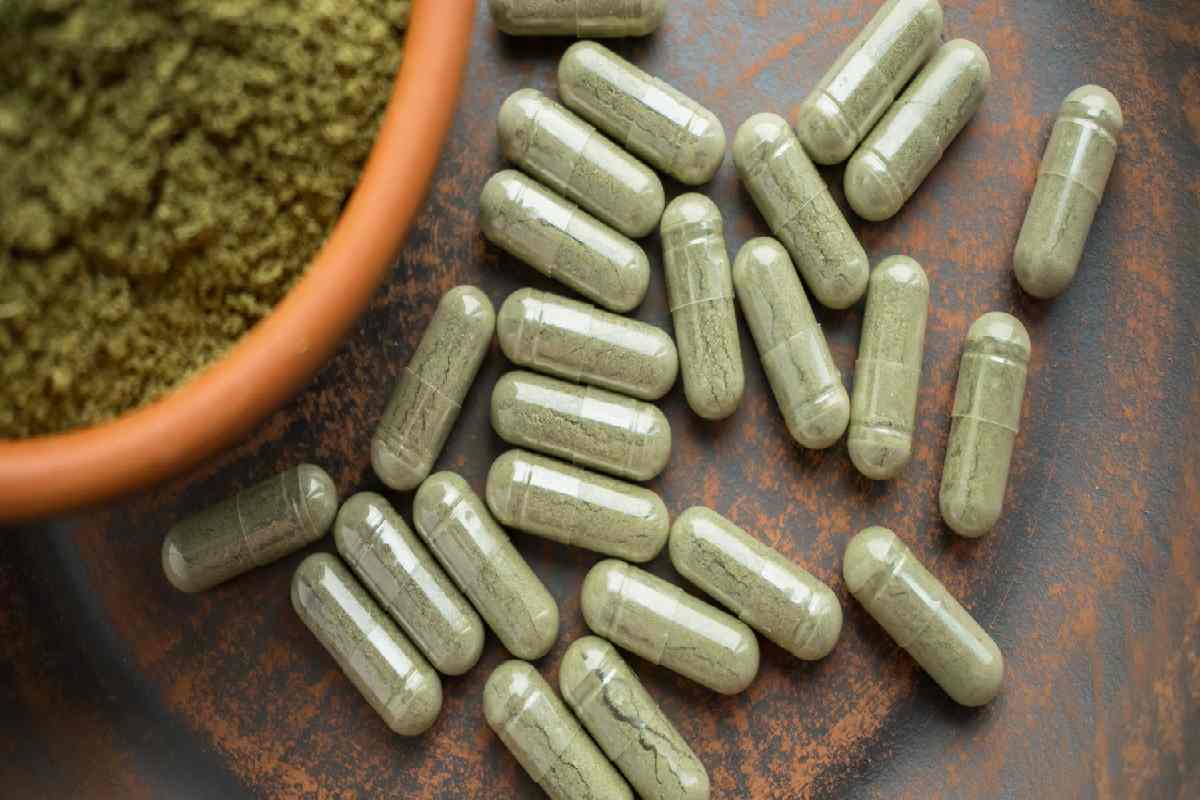People looking for relief from pain often face a choice between herbal extracts and over-the-counter (OTC) painkillers. While both options can help ease discomfort, they work in different ways and may have distinct benefits and risks. Herbal extracts can sometimes be as effective as OTC painkillers for certain types of pain, but their safety profiles and mechanisms of action are not always the same.
Some herbal extracts are favored for their lower risk of systemic side effects, especially in topical applications. Those interested in potent alternatives can visit here to obtain 7-Hydroxymitragynine (7-OH-MG), a compound found in some herbal formulas. However, it’s important to consider that while OTC painkillers such as ibuprofen and acetaminophen are well-studied and widely used, herbal remedies may not always have the same level of research backing their effectiveness.
Choosing between herbal extracts and OTC painkillers depends on the specific pain, individual health considerations, and personal preferences. Making an informed decision starts with understanding the strengths and limitations of each option.
Key Takeaways
- Herbal extracts and OTC painkillers differ in effectiveness and safety.
- Some herbal extracts may match OTC options for certain pain types.
- Ingredient, usage, and research support vary between options.
Comparing Effectiveness and Safety of Herbal Extracts Versus OTC Painkillers
Both herbal extracts and OTC painkillers are popular options for pain management. Understanding their effectiveness, safety, and scientific support can help individuals make more informed decisions about treating pain such as musculoskeletal or joint discomfort.
Efficacy and Mechanisms of Pain Relief
OTC painkillers like ibuprofen and NSAIDs primarily work by blocking enzymes responsible for inflammation and pain signaling. This leads to quick pain relief for conditions such as nociceptive pain and allodynia. These medications are known for their consistent and measurable effects across various types of pain, including headaches, joint pain, and musculoskeletal pain.
Herbal extracts offer a different approach. They often target multiple pathways, including inflammation and oxidative stress. Compounds in these extracts, such as phenolic antioxidants, may provide analgesic effects and suppress neuroinflammation according to research on herbal medicines for pain relief. However, the onset of relief is usually slower and can vary based on the product and individual. Unlike standardized OTC drugs, the potency of herbal supplements can be inconsistent between brands or batches. While some users report comparable results to OTC medications, objective clinical data remains more limited for herbal products.
Side Effects and Safety Considerations
Nonsteroidal anti-inflammatory drugs (NSAIDs) such as ibuprofen are effective but carry risks of stomach irritation, ulcers, and, with longer use, kidney or cardiovascular issues. Adverse events are well documented, especially with chronic use or high doses.
Herbal extracts are generally seen as safer, particularly for short-term use. Most plant-based remedies have a lower risk of severe adverse events. Even so, some herbal medicines may cause allergic reactions or interact with other medications, which can complicate their safety and efficacy. Because herbal supplements are not always tightly regulated, variability in preparation sometimes leads to unexpected side effects. It is important to be aware of potential herb-drug interactions, especially for those taking prescription drugs or other OTC medications.
Scientific Evidence and Clinical Trials
OTC painkillers have decades of robust clinical trials supporting their efficacy and safety across many pain conditions. Their effects and adverse events are well-documented, allowing for standardized dosing and consistent results. Herbal medicines have also been studied, though the evidence tends to be less consistent. Recent systematic reviews and meta-analyses have found that certain herbal products may reduce pain intensity in specific conditions like orofacial pain, but results vary based on extract type and formulation. Clinical trials for herbal supplements often show a range of efficacy, and standardization is a persistent challenge.
While the safety of herbal products appears favorable, more high-quality, large-scale studies are needed for reliable comparisons with OTC painkillers. Until then, the evidence base for herbal medicine in pain relief remains more limited than for standard OTC drugs.
Key Herbal Extracts and OTC Painkillers: Applications and Considerations
Herbal extracts and over-the-counter (OTC) painkillers are widely used to manage different types of pain, including chronic conditions, arthritis, and neuropathic pain. The applications and quality of these options influence their safety, effectiveness, and acceptance in clinical and self-care settings.
Popular Herbal Extracts Used for Pain Relief
Herbal medicines have centuries of traditional use for pain relief. Turmeric (Curcuma longa), rich in curcumin, is valued for its anti-inflammatory properties and is commonly used for joint pain, including rheumatoid arthritis and knee osteoarthritis. Ginger is taken for muscle pain, dysmenorrhea, and migraines because it can reduce pro-inflammatory cytokines.
St. John’s Wort (Hypericum perforatum) provides mild pain relief and has an added antidepressant effect, potentially benefiting those experiencing both pain and depression. Ginkgo biloba extract is explored for migraine and vascular pain due to its antioxidant properties. Ginseng and garlic have also shown modest benefits for chronic pain, likely through their antioxidant and anti-inflammatory effects, but robust evidence is limited.
Common OTC Painkillers and Their Clinical Use
OTC painkillers are categorized mainly into nonsteroidal anti-inflammatory drugs (NSAIDs), acetaminophen, and, less commonly, topical agents. Ibuprofen and naproxen—both NSAIDs—are standard choices for musculoskeletal pain, arthritis, dysmenorrhea, and headaches because they inhibit inflammatory pathways.
Acetaminophen is used widely for mild to moderate pain and is often recommended for headache, back pain, and knee pain, especially when anti-inflammatory effects are unnecessary. For menstrual pain, drugs like mefenamic acid are common. Topical pain relievers (e.g., diclofenac gels or herbal-based rubs) are favored for localized joint pain or muscle aches. Some OTC products may integrate herbal extracts or essential nutrients alongside conventional analgesics.
Conclusion
Herbal extracts and OTC painkillers each offer benefits and limitations for pain management. Herbal options may have fewer systemic side effects but often lack large-scale clinical trials demonstrating consistent efficacy. Safety, personal health needs, and effectiveness should guide the choice between herbal and OTC options.



